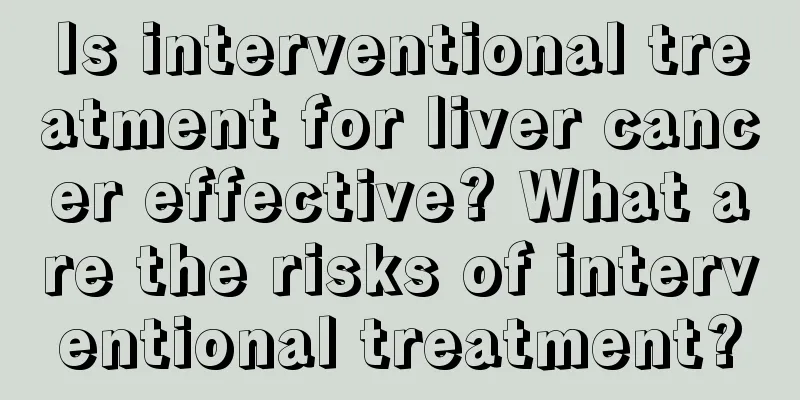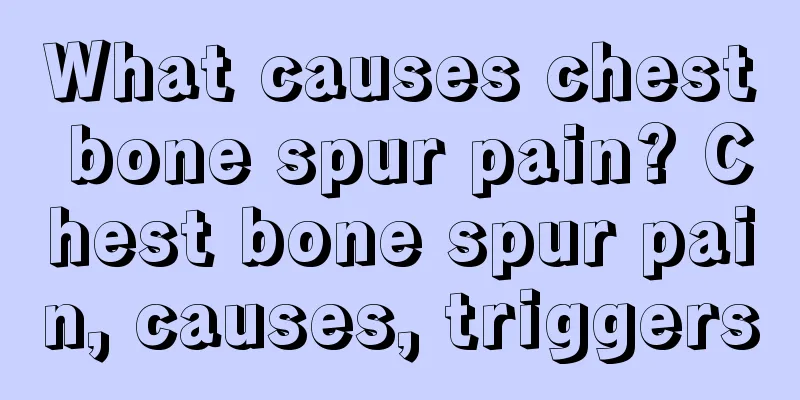What are the clinical symptoms of sciatica?

|
Sciatica is an orthopedic disease. When it occurs, it is extremely painful. It is not only physically destructive to the patient, but also extremely harmful to the patient's psychology. Therefore, many people are looking for good treatments. If you want to find a treatment method, you must first know whether you have sciatica. So, what are the clinical manifestations and symptoms of sciatica? Let me tell you about it now. Sciatica is actually a herniated disc. The protruding or bulging part of the lumbar spine compresses the nerves and reflexes to the sciatica and lower limbs, causing numbness and pain. Sciatica refers to a syndrome characterized by pain along the sciatic nerve pathway and distribution area. In addition, the vast majority of sciatica patients suffer from secondary sciatica, which is secondary to stimulation, compression and damage to the sciatic nerve caused by lesions in the local sciatic nerve and surrounding structures. A small number of patients suffer from primary sciatica, which we often call sciatica. General symptoms (1) The pain is mainly limited to the sciatic nerve distribution area, the posterior thigh, the posterior and lateral calf, and the foot. Patients with severe pain may adopt a unique posture: bending their waist, bending their knees, and standing on their toes. If the lesion is located at the nerve root, the pain will worsen when the pressure in the spinal canal increases (coughing, exerting force). (2) The degree of muscle weakness can vary greatly depending on the cause, location of the lesion, and the extent of the damage. The muscles innervated by the sciatic nerve may be completely or partially weak or paralyzed. (3) There may or may not be tenderness over the sciatic nerve trunk at the sciatic notch. (4) There is a sciatic nerve traction sign, positive Lasegue sign and its equivalent sign. The presence of this sign is often parallel to the severity of pain. This symptom may disappear after local anesthesia of the sciatic nerve root or nerve trunk. (5) The Achilles tendon reflex decreases or disappears, and the knee reflex may increase due to stimulation. (6) There may be a decrease or disappearance of various sensations in the area innervated by the sciatic nerve. This includes decreased vibration sensation at the lateral ankle, and may also cause very mild sensory impairment. Sciatica is quite common nowadays, especially among middle-aged and elderly people. It feels very uncomfortable when driving or walking, but it is better when lying down. And it is especially painful when winter comes. Surgery can be used to treat sciatica, but the risks are too great and it is generally not recommended. I hope everyone can get rid of the clutches of sciatica and recover their health as soon as possible! |
<<: How to treat severe hemangioma?
>>: What are the methods to treat uremia?
Recommend
How to use Daiso Puff Cleansing Liquid?
It is natural for girls to love beauty, but when ...
What are the auxiliary diagnosis methods for bone tumors?
Bone tumors are tumors that occur in bones or the...
What are the downsides of strenuous exercise after a meal?
Sports has always been a hot topic. Some people l...
Is white noise useful for baby sleep
If a baby starts crying and being restless, paren...
What to do if the corners of the mouth are inflamed and leave scars
The main reason for scars after getting inflamed ...
What are the potato varieties
Potatoes are a very familiar vegetable to everyon...
Can endometrial cancer, one of the most common gynecological malignancies, be cured?
Endometrial cancer is a relatively common gynecol...
Can uterine cancer be contagious to humans?
Uterine cancer is one of the most common gynecolo...
What are the main predisposing factors of common breast cancer?
What are the common risk factors for breast cance...
How to determine calf edema
Many people have encountered the problem of calf ...
Do I need to extract teeth when wearing braces
Whether or not to extract teeth when wearing brac...
Nutritional care after uterine fibroid surgery
I have been suffering from uterine fibroids for a...
What does it mean if there is a mole on the right side of the forehead?
Moles can grow on all parts of the human body, bu...
What can I add to a mattress to make it harder
Many friends with bad waists don’t like sleeping ...
What are the complications of rectal cancer?
In recent years, the incidence of digestive tract...









